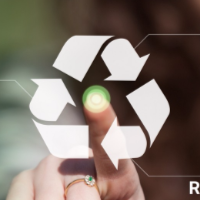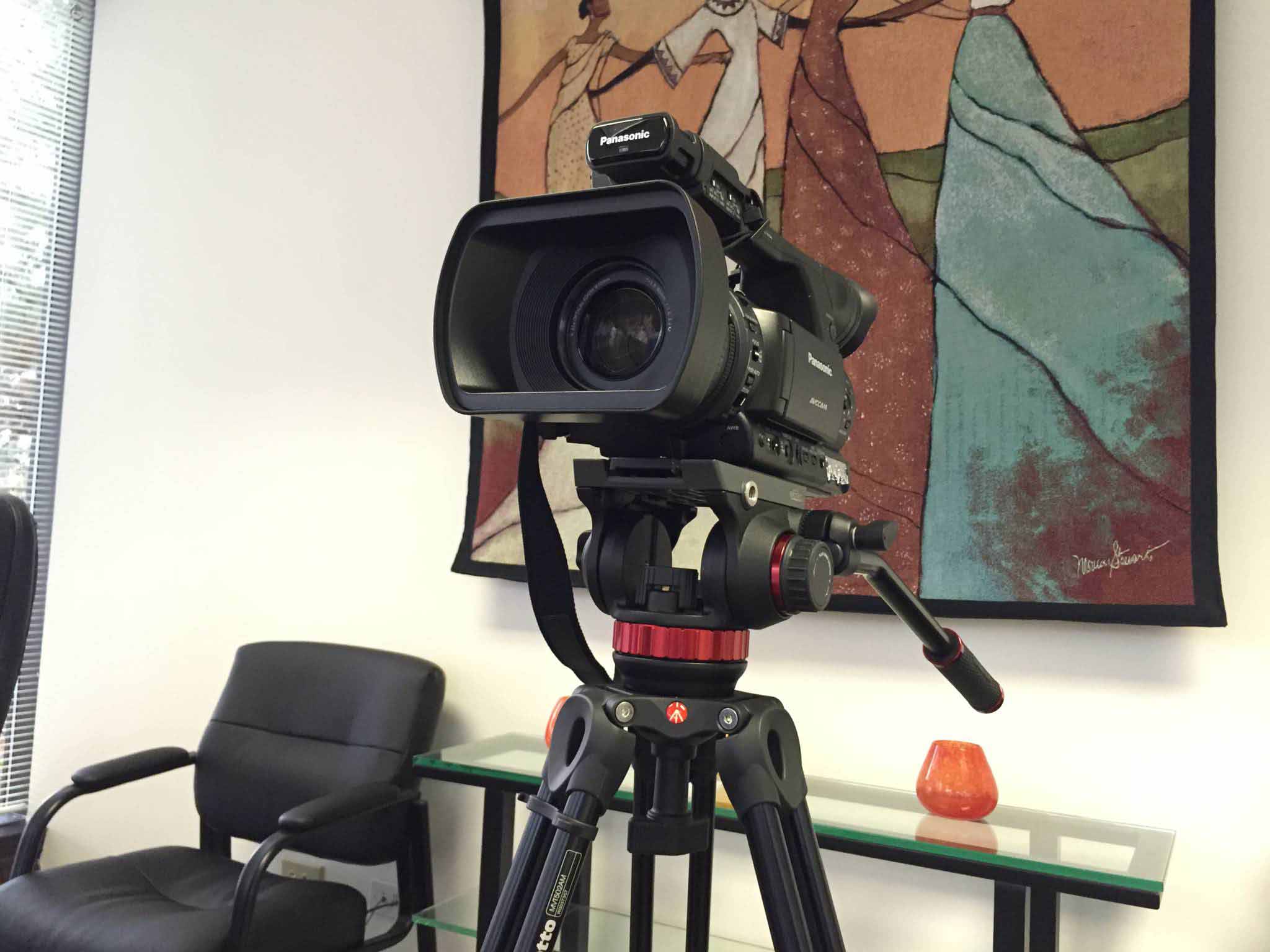The Impact of Legal Videography on the Success of Legal Trials
The Impact of Legal Videography on the Success of Legal Trials
Blog Article
Why Legal Videography Is Vital for Accurate Court Recordings
The role of legal videography in court settings can not be overstated, as it serves as an important device for protecting the stability of court records. The effects of integrating legal videography right into conventional court room techniques raise important concerns about its broader impact on the legal system.
Importance of Visual Evidence
In the world of lawful process, the significance of visual proof can not be overemphasized. Aesthetic proof acts as a powerful device in establishing facts, affirming testimonies, and boosting the total quality of an instance. This type of evidence, that includes photos, video clips, and diagrams, can provide a concrete context that spoken descriptions usually do not have, consequently providing juries and courts a clearer understanding of the situations surrounding a situation.
Moreover, visual proof aids in the retention of info. Human cognition is inherently aesthetic, and individuals are more likely to keep in mind and understand details presented in a visual layout. In the court room, this can be critical, as compelling aesthetic proof can guide viewpoints and enhance the narrative provided by legal reps.
Furthermore, the usage of visual proof can lessen misconceptions and obscurities that frequently occur from spoken exchanges. By providing a direct depiction of events, visual proof assists to remove subjective analyses and promotes an extra objective evaluation of the realities. Consequently, the combination of visual proof right into legal process not only strengthens the stability of the judicial procedure however additionally enhances the possibility of achieving a just result.
Capturing Non-Verbal Cues
Using sophisticated videography techniques can substantially enhance the capture of non-verbal signs during lawful process. Non-verbal interaction, including faces, body movement, and eye contact, plays a vital role in sharing feelings and objectives that may not be explicitly mentioned in spoken testament. legal videography. Legal videography employs high-definition cams and tactical angles to make certain that these subtle signs are videotaped with clarity and precision
The ability to examine non-verbal behavior can supply important context to statements made throughout court sessions. As an example, a witness's unwillingness or confidence can be translated through their position or gestures, possibly influencing the court's assumption of integrity. The usage of close-up shots can aid concentrate on a speaker's expressions, enabling for a more nuanced understanding of the testament.
Additionally, incorporating several video camera angles can create a thorough sight of interactions, highlighting dynamics between events involved. This diverse strategy not only enhances the precision of the court record however also aids in maintaining the integrity of the judicial process - legal videography. Ultimately, catching non-verbal signs with lawful videography promotes a richer, a lot more total representation of court proceedings

Enhancing Statement Integrity
The dependability of testament can be significantly bolstered via the usage of premium legal videography. Video clip recordings serve as an unbiased medium that captures not just the talked words of witnesses yet also the nuances of their distribution, including tone, pacing, and psychological expressiveness. This complex documentation offers a clearer understanding of the witness's reputation and intentions, which can be pivotal in lawful process.
In addition, lawful videography lessens the capacity for misinterpretations that may develop from composed transcripts alone. When jurors can observe a witness's behavior and body movement together with their statement, they are better geared up to assess the credibility and dependability of the evidence provided. This aesthetic context can strengthen the testimonial narrative, making it extra engaging and trustworthy.
Additionally, the visibility of a video recording can hinder prospective disparities in testimony. Witnesses may be more mindful in their statements when go to this site they know they are being videotaped, leading to even more exact and sincere accounts. In general, top quality lawful videography enhances the honesty of testimony, guaranteeing that the court has access to a total and sincere depiction of the truths as communicated by the witnesses.
Supporting Appeals and Reviews
Legal videography plays a crucial duty in sustaining charms and evaluations by offering an extensive aesthetic document of courtroom proceedings. This aesthetic documentation catches not just the spoken words of witnesses and lawyers but additionally the nuances of body language, intonation, and court room characteristics. Such elements can be critical in understanding the context of testimonies and debates offered.
In the appellate procedure, where the focus gets on mistakes of legislation and procedural helpful hints justness, a video record can act as an essential device for appellate courts. It allows judges to assess the original trial context, making certain that choices are based on a total understanding of the proceedings. The ability to visually analyze the attitude of witnesses or the interactions in between celebrations can reveal understandings that composed records might forget.

In addition, legal videography can assist in clearing up ambiguities in testaments or procedural rulings, consequently strengthening the basis for a charm. By offering a reliable, objective account of what taken place in court, legal videography not just sustains the integrity of the lawful procedure however additionally equips all events involved to make educated choices regarding their situations.
Simplifying Court Room Procedures
Enhancing courtroom effectiveness, legal videography simplifies procedures by providing immediate access to visual records of procedures. This modern technology permits courts, lawyers, and courts to revisit crucial statement and evidence, guaranteeing that all celebrations have a clear understanding of the situation. By recording the subtleties of spoken and non-verbal interaction, videography improves the document, making it less complicated to realize the context and weight of testaments.

In addition, video recordings can facilitate remote involvement in hearings, permitting better versatility in organizing and involvement, which is specifically important in complex situations involving numerous stakeholders.
Conclusion
Finally, legal videography plays a crucial role in making sure accurate court recordings by supplying important aesthetic proof that catches both spoken and non-verbal communication. This method boosts the reliability of testaments, sustains appellate evaluations, and simplifies courtroom procedures. By cultivating a comprehensive understanding of court characteristics, lawful videography ultimately adds to extra equitable judicial results, enhancing the integrity of the legal system and assisting in educated decision-making.
Report this page